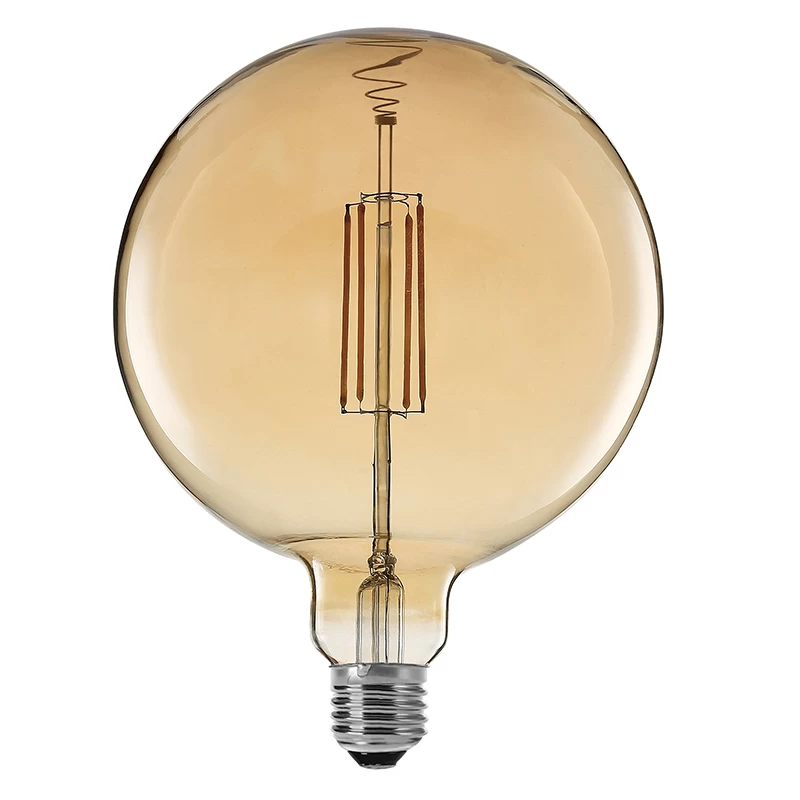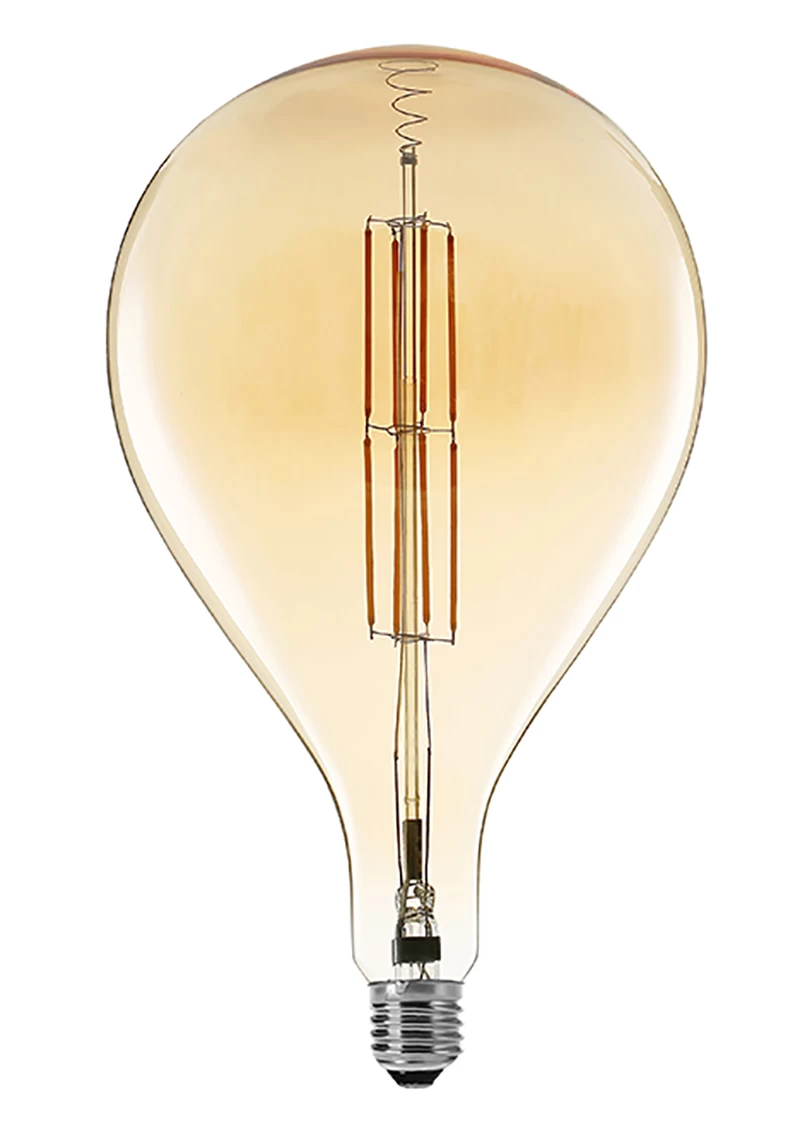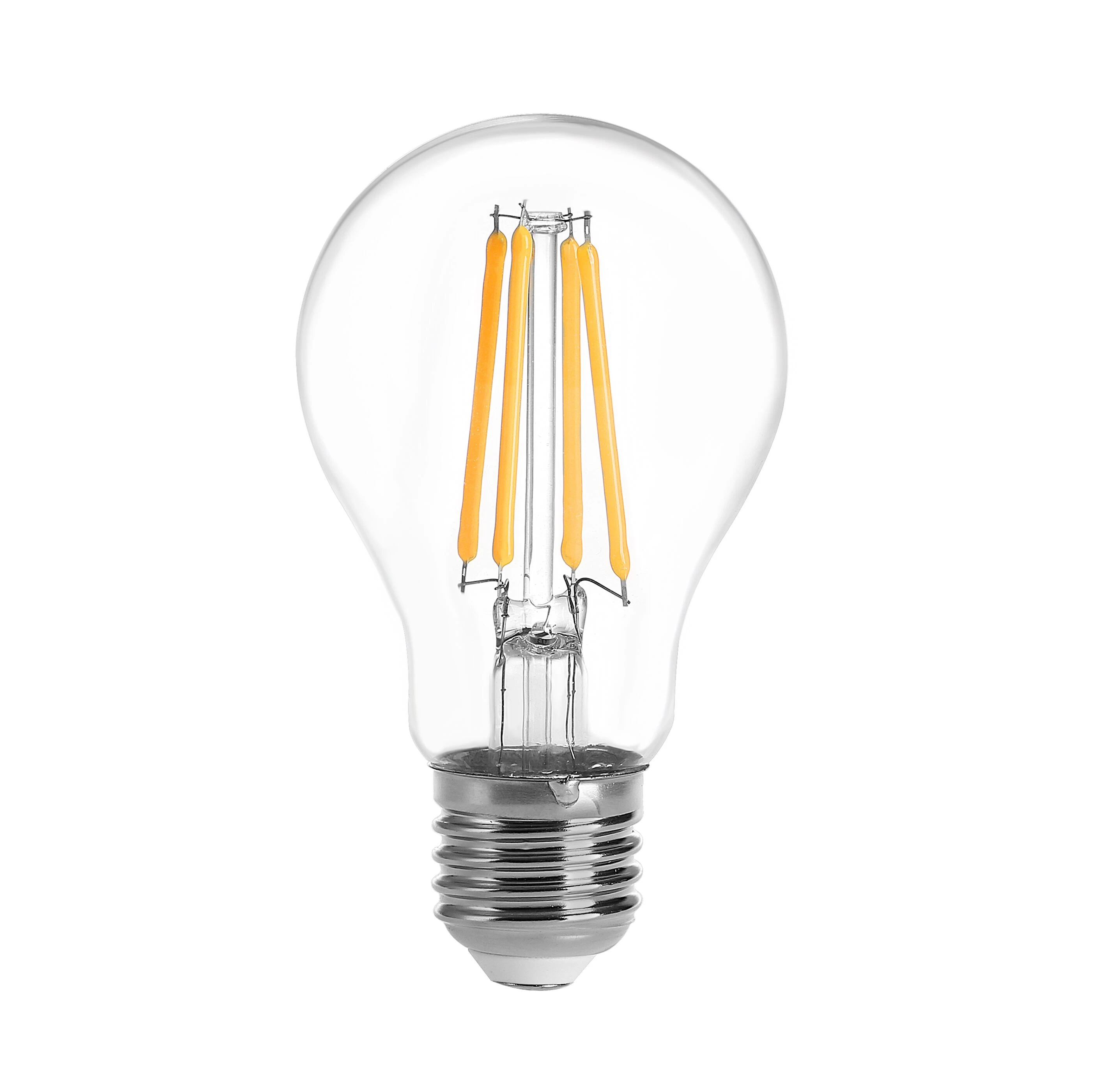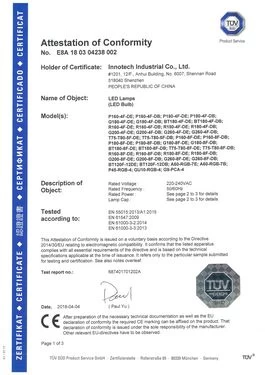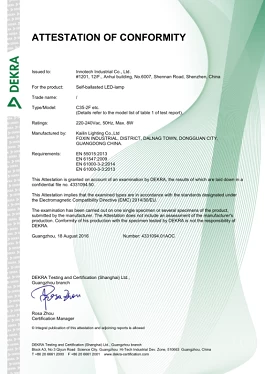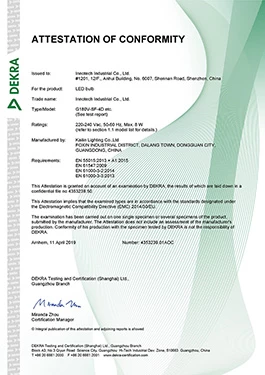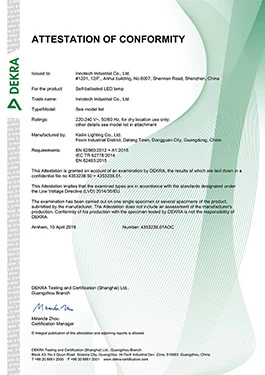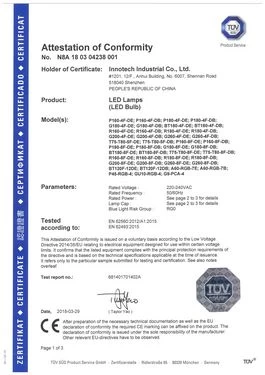Here are a few things to consider when choosing LED light bulbs...
Efficiency, Colour Temperature, Colour Rendering, Heat Output, lifetime, etc.
The origin and development of LED lights
Innotech
Innolite
2018-07-11 10:03:23
In the 1960s, scientists and technicians developed LED light-emitting diodes using the principle of semiconductor PN junction light. The LED used at that time was made of GaASP, and its color was red. After nearly 30 years of development, LEDs that are very familiar to everyone have been able to emit red, orange, yellow, green, blue and other colors. However, the white LEDs needed for lighting were only developed after 2000. Here, readers are introduced about white LEDs for lighting.

The earliest application of the LED light source made by the principle of semiconductor P-N junction light was introduced in the early 1960s. The material used at that time was GaAsP, which emitted red light (λp = 650 nm). At a driving current of 20 mA, the luminous flux was only a few thousandths of lumens, and the corresponding optical performance was about 0.1 lm/W.
In the mid-1970s, the elements In and N were introduced to produce green light (λp=555 nm), yellow light (λp=590 nm) and orange light (λp=610 nm), and the optical performance was also improved to 1 lm/W.
By the early 1980s, the LED light source of GaAlAs appeared, making the red LED's optical performance up to 10 lumens per watt.
In the early 1990s, the development of two new materials, GaAlInP, which emits red light and yellow light, and GaInN, which emits green and blue light, have greatly improved the optical performance of LEDs.
In 2000, the former made LEDs in the red and orange regions (λp=615nm) with a luminous efficacy of 100 lumens per watt, while the latter made LEDs with a luminous efficacy of 50 lumens in the green region (λp=530nm). /watt.

China COB GU10 LED Spotlights Glass Factory
COB GU10 LED Spotlights Glass Manufacture china
china COB GU10 LED Spotlights suppliers
COB GU10 LED Spotlights Glass Manufacture china
china COB GU10 LED Spotlights suppliers
The earliest application of the LED light source made by the principle of semiconductor P-N junction light was introduced in the early 1960s. The material used at that time was GaAsP, which emitted red light (λp = 650 nm). At a driving current of 20 mA, the luminous flux was only a few thousandths of lumens, and the corresponding optical performance was about 0.1 lm/W.
In the mid-1970s, the elements In and N were introduced to produce green light (λp=555 nm), yellow light (λp=590 nm) and orange light (λp=610 nm), and the optical performance was also improved to 1 lm/W.
By the early 1980s, the LED light source of GaAlAs appeared, making the red LED's optical performance up to 10 lumens per watt.
In the early 1990s, the development of two new materials, GaAlInP, which emits red light and yellow light, and GaInN, which emits green and blue light, have greatly improved the optical performance of LEDs.
In 2000, the former made LEDs in the red and orange regions (λp=615nm) with a luminous efficacy of 100 lumens per watt, while the latter made LEDs with a luminous efficacy of 50 lumens in the green region (λp=530nm). /watt.

 +
+




